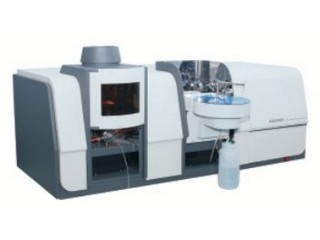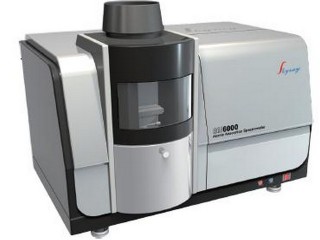
Measuring, research and laboratory apparatus, XRF Spectrometers, Chromatographs, GC-MS, UV-VIS, FTIR, Pumps, Mixers, Mills.

Colorimeters, Glossmeters, Spectrophotometers, Color and gloss measurers, Chambers for visual and color assessment

XRF Spectrometers, EDXRF, WDXRF, XRF for metal alloys, geology and pollution testing, XRF for RoHS


